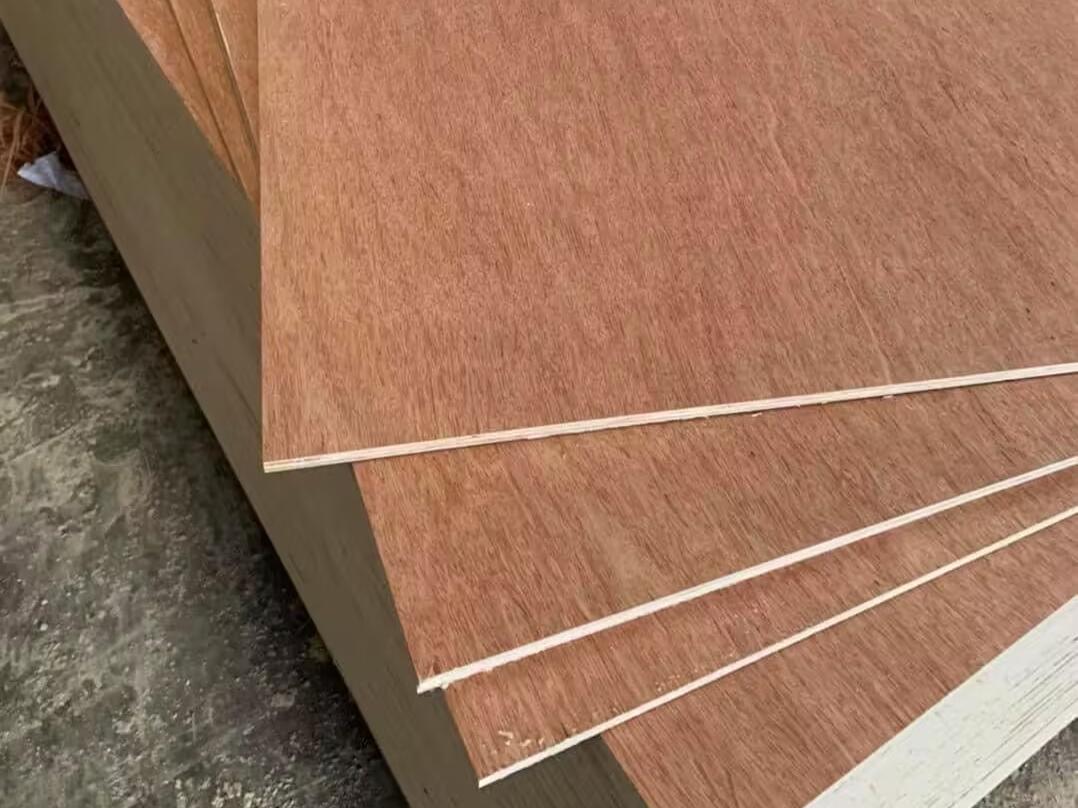Introduce:
The demand for plywood in the global construction industry has grown substantially driven by its versatility, durability, and cost-effectiveness. Plywood, an engineered wood product made from thin layers of wood veneer, has become the first choice of builders, architects and interior designers due to its many benefits. This article examines the factors leading to the rise in demand for plywood and its impact on the construction industry.
Increasingly popular in architecture:
The popularity of plywood in construction can be attributed to its strength and flexibility. With its cross-laminated structure, plywood exhibits excellent structural stability, making it ideal for a wide range of applications. From floors and roofs to wall sheathing and formwork, plywood offers exceptional durability, allowing buildings to withstand a variety of environmental elements and loads.
Additionally, plywood’s ability to resist warping, cracking, splitting and shrinking makes it a reliable building material. Its consistent thickness also allows for precise and accurate installation. These benefits have prompted architects and contractors to choose plywood over other traditional alternatives such as solid wood or particle board.

Cost-effective and sustainable option:
In addition to its mechanical properties, plywood also has cost advantages. Plywood is affordable compared to solid wood panels but is just as strong and durable, making it a cost-effective choice for larger construction projects. Additionally, its lightweight nature minimizes shipping costs and simplifies installation, reducing labor costs.
Additionally, plywood is considered a sustainable option due to its efficient use of wood resources. Plywood manufacturers reduce waste by optimizing log utilization by creating multiple veneer layers from a single log. Many plywood producers also employ responsible sourcing practices, ensuring that the wood used comes from well-managed forests or through certified sustainable practices.
Adaptability of plywood to environmental problems:
As climate change leads to more extreme weather events, the resilience of plywood becomes even more important. Plywood has excellent moisture resistance, making it resistant to rot and fungal decay. The water resistance properties of plywood make it an ideal choice in areas prone to high humidity or where exposure to water is expected, such as bathrooms and kitchens.
Notably, in areas prone to earthquakes or hurricanes, the high-strength properties of plywood are often used to construct shear walls and bracing elements to enhance the structural integrity of buildings. This durability and resilience to environmental challenges has made plywood the material of choice for architects and builders worldwide.
In conclusion:
As the construction industry continues to grow, plywood continues to gain traction as a versatile and affordable building material. From its exceptional strength and flexibility to its cost-effective and sustainable production practices, plywood meets all the needs of architects, contractors and builders alike. With its wide range of applications and durability in harsh conditions, plywood is undoubtedly changing the architectural landscape. Plywood is expected to remain a major player in the construction industry amid increasing demand for sustainable, cost-effective, and resilient construction materials.
Post time: Jun-29-2023






